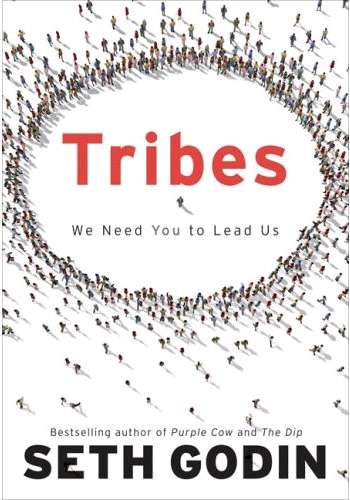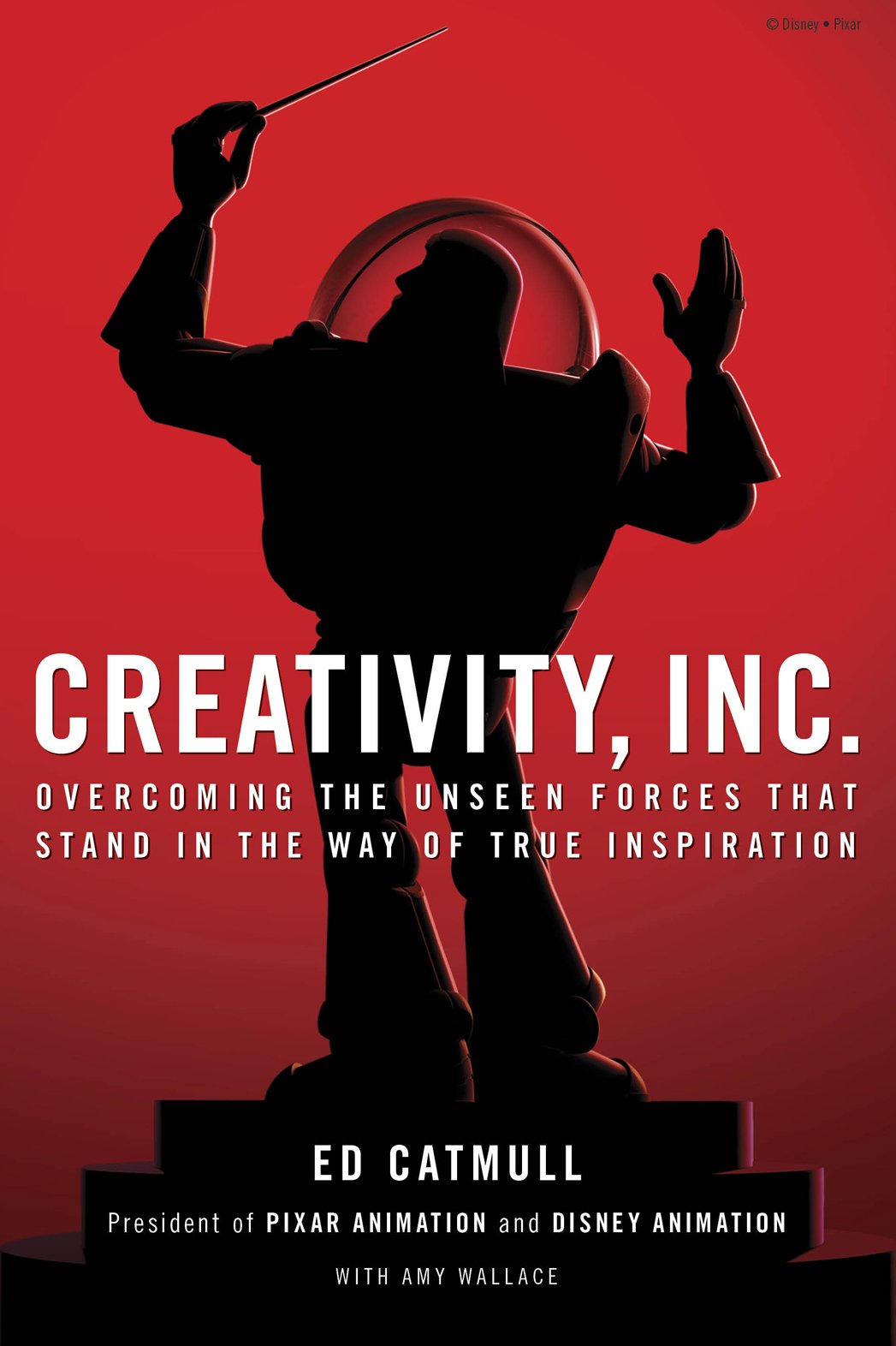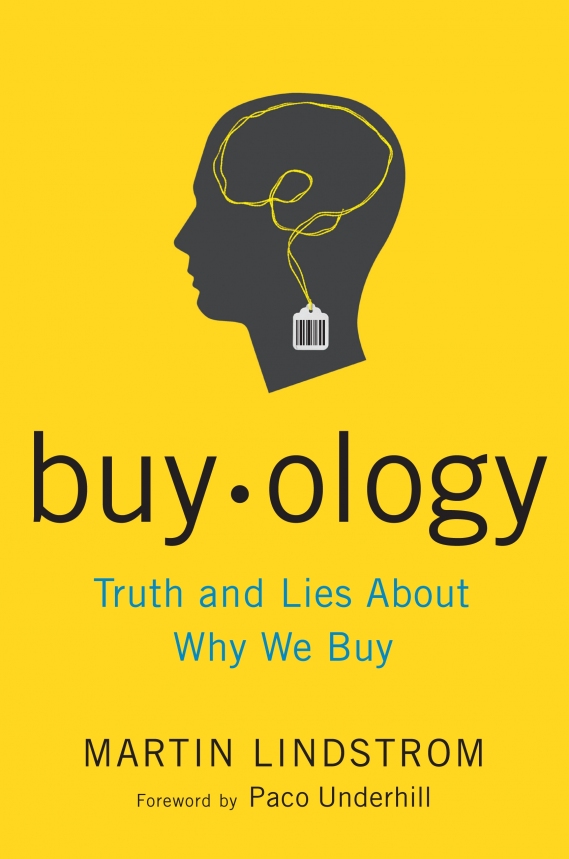Estimate time to read this page: 4 – 6 minutes
Edition Reviewed: eBook (DRM-Free through A Book Apart) Recommendation: Stop what you’re doing right now and read it.  You don’t know Mike Monteiro (unless you do, you lucky dog), but he loves you. He loves you and wants you to be happy, doing good work, and getting paid fairly. Mike is the author/presenter of “Fuck You, Pay Me,” which might be the best presentation ever given on the business of graphic design. It is, without a doubt, the most popular video Creative Mornings has ever released. You should watch it. Seriously. But, this isn’t a review of that video. Design is a Job might be the best book on the design business that’s ever been written. It’s certainly my favorite. Why? Because Mike Monteiro writes from the point of view of my inner design-business badass…the part of me that tells client to go hire someone else when they tell me how many designers would love to do this work; the part of me that gets up and leaves the meeting when the client starts talking about how much they’ll pay me for the next gig in the same breath that they ask me to lower my quote on this one; the part of me that is comfortable asking a client why they’re paying an expert if they’re going to defer judgement to their spouse. He’s honest, and straightforward, and he believes in the balanced equation of the client/designer relationship. He gives concise and reasonable advice, like
You don’t know Mike Monteiro (unless you do, you lucky dog), but he loves you. He loves you and wants you to be happy, doing good work, and getting paid fairly. Mike is the author/presenter of “Fuck You, Pay Me,” which might be the best presentation ever given on the business of graphic design. It is, without a doubt, the most popular video Creative Mornings has ever released. You should watch it. Seriously. But, this isn’t a review of that video. Design is a Job might be the best book on the design business that’s ever been written. It’s certainly my favorite. Why? Because Mike Monteiro writes from the point of view of my inner design-business badass…the part of me that tells client to go hire someone else when they tell me how many designers would love to do this work; the part of me that gets up and leaves the meeting when the client starts talking about how much they’ll pay me for the next gig in the same breath that they ask me to lower my quote on this one; the part of me that is comfortable asking a client why they’re paying an expert if they’re going to defer judgement to their spouse. He’s honest, and straightforward, and he believes in the balanced equation of the client/designer relationship. He gives concise and reasonable advice, like
“…just make it a habit never to speak ill of your clients. They’re paying your bills. And putting their livelihood in your hands. They’re good people.”
And more amusing, acerbic advice like this:
“…if you hand a client an estimate and slap them across the face and they complain about the slap, then the estimate wasn’t high enough.”
and this:
“When you say a client doesn’t “get it” you might as well be saying, “I couldn’t figure out how to get my point across. I am a lazy designer. Please take all my clients from me.”
This book is full of valuable guidance on topics designers traditionally have a hard time talking about: finding/choosing clients, figuring out what to charge, contracts, what to do with clients who don’t respect your process, getting paid and many many more of the greatest hits of design-business ambiguity.
What makes Design is a Job a great book is not what Mike tells you to do about things like money and contracts and feedback, it’s that he gives you an example of how to think about them. He doesn’t say, “Here’s what to charge,” or even, “Here’s how to figure out what to charge.” He says, “Charge as much as you can, deliver an honest value, and never work for free.” Every other business book out there will tell you how to calculate your hourly rate based on your overhead and desired margin, and how to calculate an quote based on that and time. Instead, Mike drops all of that in favor of “you should be charging clients based on what that work is worth to them, not how long it takes you to complete it.”
He takes a similar outlook on managing feedback, client relationships, contracts…all the stuff you’re stressed out about, unless you’re either an old pro or a clueless neophyte.
Really, this is the core of Design is a Job: a pragmatic, reality-based and direct outlook on a trade that is often shrouded in mystery. Where many treat the business of design as a magical, unknowable act, patronized by those who “get it,” Mike treats it like a business. A simple exchange of value, money for service. It doesn’t need to be complicated. Or rather, the design part is sort of complicated, so there’s no need to make the business part more complicated than it needs to be. When you start to think about your business in those terms, it becomes much easier to make decisions.
Often, the hardest thing about any design project is deciding what it is you’e making…what we’re hoping to accomplish, and for whom. I often find it helpful to create a guiding document (Amazon famously writes the press release first) that reminds us what we’re doing. Design is a Job reminds us that our careers are projects too, and that we’re building them to do something for someone. It helps us focus and achieve clarity around those ideas, so that we can be sure that our decisions contribute to those objectives.
Read it. Get some clarity.



